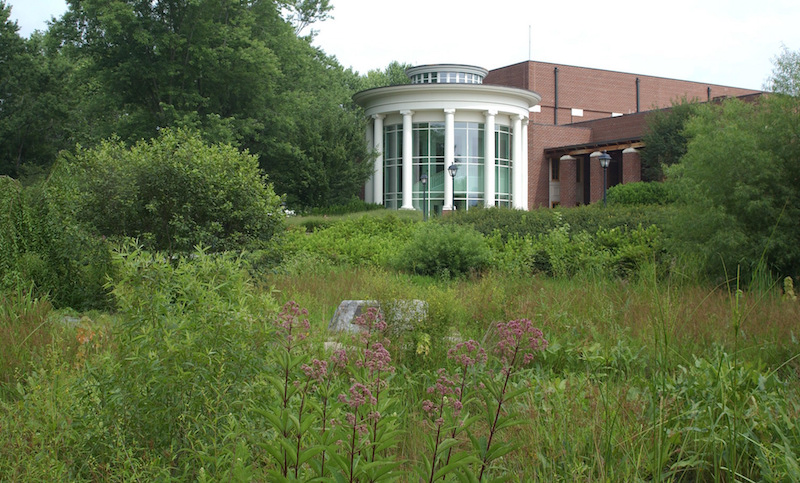Stormwater Management 101

In the land planning business, the design and placement of amenities such as trails, parks, greenspace and gardens get most of the focus from clients and other end users. And with good reason—the goal of land planning and design is to create spaces people want to spend time in, neighborhoods and communities that are more cohesive, connected, accessible, and, yes, beautiful. But before any of that can happen, a solution must be created for something that many end users might never notice or even think about, if it’s done well: stormwater.
HAVE A STORMWATER QUESTION? WE CAN HELP.
Stormwater solutions are a part of nearly every project Fusco Land Planning & Design undertakes. And because of a combination of factors driven largely by local, state and federal agencies, innovative stormwater solutions are increasingly in demand. The basic mandate is commonly called the “first-inch” or “first-flush” rule. In essence, this means the first inch of runoff of a storm must be captured. The goal is to prevent much of the oils, chemicals and sediment from impervious surfaces such as parking lots and rooftops from entering a storm drainage system and, eventually, downstream water sources. Of the various solutions, some stormwater measures are more effective than others at filtering runoff.
Devising a solution to meet that requirement can take myriad forms, and additional regulations or requirements unique to some states and local jurisdictions only adds to the complexity. That’s why whether you partner with Fusco or another firm, engaging with a stormwater solutions expert with a proven track record is a must. At Fusco, stormwater management is an integral part of nearly every project we do, and we have created many different solutions over the years.
Here is an overview of some of the more common types of stormwater management solutions we recommend:
- Infiltration Basins: Unlike wet ponds, infiltration basins do not contain a permanent pool of water. Instead, captured water is released through infiltration into the substrata or through evaporation. While the water that runs through infiltration basins eventually reaches downstream water sources, the method by which it gets there is different than other systems. These features allow runoff to infiltrate into the ground rather than allowing it to exit the feature through a pipe or other outlet structure.
- Rain Gardens: Rain gardens are great solutions in urban residential environments. While some can be very complex and highly engineered, a rain garden generally is a depressed area in the landscape that collects rain water and allows it to soak into the ground. Rain gardens are usually planted with grasses, flowering perennials, and sometimes even trees. They are not only cost-effective, but help to beautify a property’s landscape.
- Permeable or Porous Pavement Surfaces: Whenever possible, we recommend using pavers and other permeable surfaces that allow rainwater to soak into the ground. Impervious surfaces such as asphalt and concrete create massive runoff that has to go somewhere. Using pervious surfaces reduces the amount of runoff that has to be captured and held by other methods.
- Subsurface and Proprietary Stormwater Systems: Proprietary stormwater systems, such as Stormtec, can be used in situations where space is limited. These types of systems utilize underground storage chambers where stormwater is captured and allowed to infiltrate or slowly drain out to the surface. They can be installed under impervious surfaces such as parking areas and drives.
A lot more can be written about these options, how they work, and when and where each makes the most sense. Whether you have questions about stormwater management options in general, or have a specific project on the drawing board, reach out to us at Fusco Land Planning & Design. We would love to hear from you and help out.
© 2025 Fusco Land Planning & Design, PLLC. All Rights Reserved | Site by ALINE, A Marketing Company


